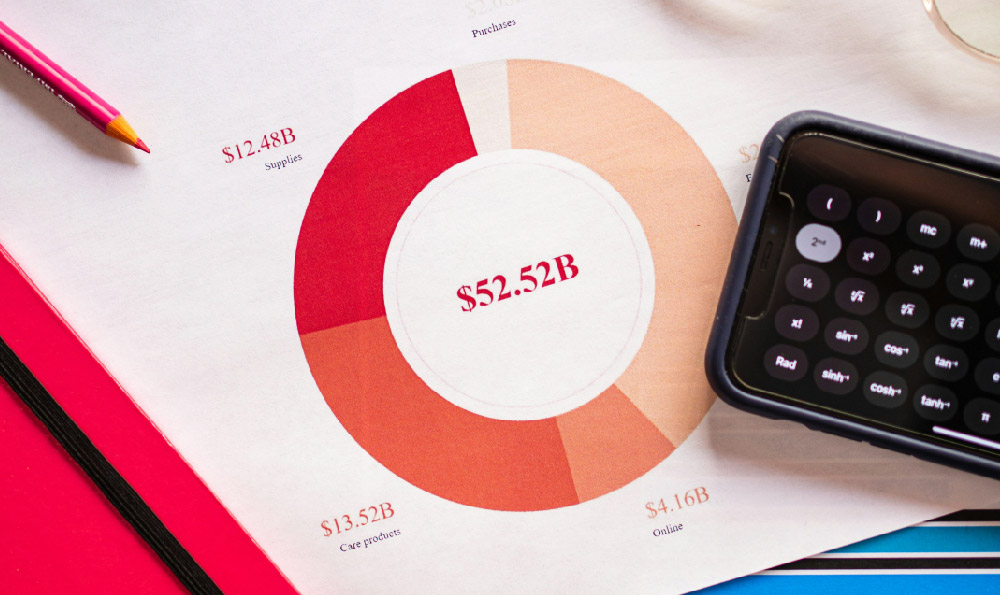The allure of creating content on YouTube has captivated millions, offering a seemingly boundless opportunity to generate income through creativity and engagement. However, the reality is more nuanced, and the amount one can earn is influenced by a complex interplay of factors ranging from content quality to audience behavior and platform dynamics. While some creators report substantial earnings, others may struggle to break even, and understanding the mechanisms behind YouTube's monetization is crucial for anyone aspiring to profit from their videos.
YouTube's primary revenue streams emerge from its advertising platform, wherein creators earn money when their videos are viewed by users. Typically, this is calculated through a Cost Per Mille (CPM) system, where ads are shown to viewers based on the number of impressions. The earnings per view can vary significantly depending on the region, the type of ad (such as skippable or non-skippable), and the engagement level of the audience, with some creators reporting rates as low as $0.10 to $0.30 per 1,000 views. This model, while potentially lucrative, is not uniform, and the fluctuating nature of ad rates means that income can vary from month to month. For instance, during periods of high competition for ad space or low demand for specific ad types, creators may see a noticeable decline in earnings.
Beyond ads, YouTube introduced several additional monetization tools, including Channel Memberships, Super Chat, and branded content partnerships. Channel Memberships offer a premium subscription model, allowing fans to pay a recurring fee for exclusive perks, such as custom badges or avatar images. The cost per membership typically ranges from $3 to $50, with creators receiving a percentage of the subscription fees as income. Super Chat, on the other hand, provides revenue through live chat donations, where viewers can pay to have their messages highlighted during live streams. These features, while offering supplementary income, are often viewed as ancillary to the core ad-based earnings model and are best utilized by creators with established audiences.

Brand partnerships and sponsored content have become increasingly significant for YouTube creators, with many leveraging their influence to secure deals with companies. The income from these collaborations can vary widely, from a flat fee to a share of the ad revenue or performance-based payouts. For example, a creator with a large and engaged audience might negotiate a substantial sponsorship deal, potentially earning thousands of dollars per video. However, the effectiveness of these partnerships depends on the creator's ability to maintain authenticity and relevance to the brand's target demographic.
Another avenue for monetization includes merch sales, which have gained traction with the rise of YouTube Premium. Creators can design and sell branded products, and the income generated from these sales is entirely dependent on the creator's ability to market their offerings and maintain a loyal fan base. Similarly, the YouTube Premium subscription model allows creators to share in the revenue from those subscriptions, though this is typically a smaller portion compared to other income streams.
Content licensing and distribution through platforms like YouTube Kids, YouTube Gaming, or video-on-demand services offer another layer of monetization. Creators can license their videos to third-party platforms for a one-time fee or revenue sharing. However, this model requires a strategic approach to content creation, as the demand for specific types of content can fluctuate.
The profitability of YouTube also hinges on the creator's ability to produce high-quality, original content that resonates with their audience. While algorithms play a significant role in determining visibility, the creator's expertise in storytelling, production value, and audience engagement ultimately dictates how effectively their content can generate revenue. For instance, a creator who consistently delivers informative, well-structured content may see higher engagement metrics, which in turn can increase the value of their ad inventory.
Moreover, the income potential is influenced by the time and effort invested in building and maintaining a presence on the platform. Many successful creators emphasize that monetization is not an instant process but rather a gradual accumulation of view counts, subscriber growth, and brand partnerships. For example, a creator who uploads 10 videos per week, engages with their audience through comments and social media, and consistently optimizes their content may see a more substantial income than someone who uploads sporadically.
The competitive landscape of YouTube also plays a role in determining earnings. With millions of creators vying for attention, the challenges of standing out and maintaining a loyal audience are significant. This necessitates a diverse range of content, innovative approaches, and a deep understanding of the platform's algorithm and audience behavior.
In conclusion, the amount one can earn on YouTube is not a fixed number but a variable one that depends on multiple factors. While some creators may achieve a substantial income through a combination of ads, sponsorships, and other monetization tools, others may find the process challenging and time-consuming. The key to maximizing earnings lies in a strategic approach to content creation, audience engagement, and monetization, as well as a willingness to adapt to the evolving landscape of digital media.












